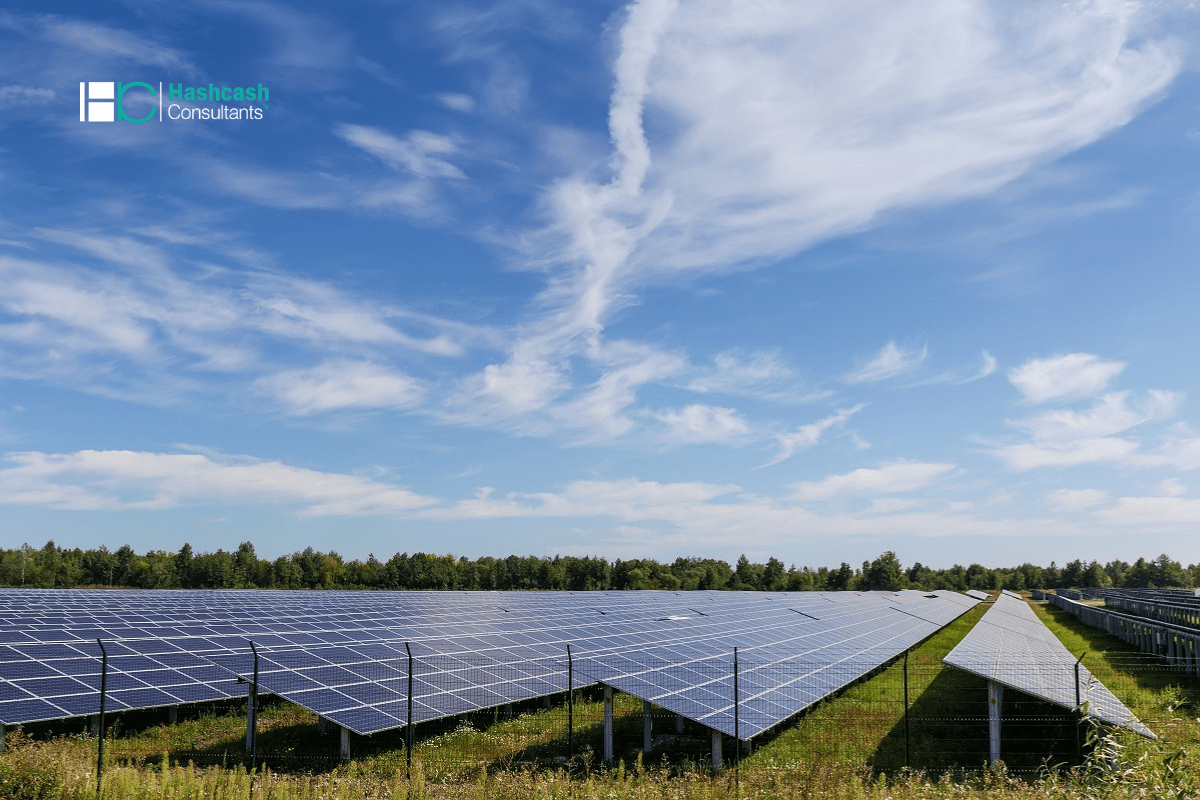The advantages of ground arrays, no matter what they are attached to, are consistent. Being the most essential part of a solar panel, they help trap sunlight and convert it into electricity. Offering unique benefits, switching to ground arrays can be one of the best decisions of harnessing renewable energy. It helps hold each of the solar panels in a system. Here, the sunlight is trapped and the transformation to power happens.
Also Read: Eco-friendly Substitutes to Conventional Bitcoin Mining
The purpose of this article throws light on the overview of considering a utility-based approach when it comes to ground arrays for heat pumps in housing development. Being one of the workable approaches in decreasing the environmental hindrances, we have summarised our findings on ground arrays below.
What Is A Ground Array?
A ground array, also known as a shared ground loop, is a term used for district heating networks. It is by which at least three or more housing properties possess an individual heating pump attached to the common ground array. It happens to be installed like a series of boreholes remaining central to all the communities in the housing complex.
How To Generate Heat From Ground Arrays?
A ground array can also be considered similar to a ground source heat pumping system. Here, the shared ground loop happens to run on a constant cycle in the ground, thereby absorbing heat energy. Furthermore, the ground loop provides thermal energy to particular heat pumps attached to the system of ground arrays. Every heat pump happens to be liable for increasing heat temperature that is ideal for use in the central heating system of the property.

Source: https://www.thermalearth.co.uk/shared-ground-loop-arrays
How Are Ground Arrays Beneficial For Housing Occupants?
Ground arrays, apart from being a healthy environmental choice, are beneficial for the residents of the housing community. Here is how shared ground loops benefit occupants.
- Lower power bills: The housing occupants are likely to understand the benefits of lower power bills as a part of the ground array system is likely to benefit them. With heat pumps creating an average power output of 3 to 4 kWh of heat in every 1 kWh of power output, heat pumps happen to be more efficient as compared to conventional fossil fuel heating systems.
- Low maintenance: As heat pumps happen to be pretty low maintenance appliances, they only need an extra effort than annual service. If the house occupants tend to maintain it well, heat pumps can have an average lifespan of 30 years.
- Versatility: Ground arrays are suitable for any building. They can be expanded in the future as well. The boreholes of the network are flexibly distributed throughout the site, hence guaranteeing that the ground does not become exhausted.
- Green energy: With ground arrays, residents are choosing a kind of heating that has a reduced environmental impact, hence sacrificing nothing for comfort.
- Cooling and heating option: throughout the summer months, ground arrays work in the reverse direction to offer to cool. The additional heat generated throughout the summer season can be reused for recharging the ground.
Why Can Ground Arrays Sometimes Be Disadvantageous?
A ground-mounted heating system happens to be more complex to install and demands more money for completing the project. The permission procedure or happens to be more expensive when it comes to a ground-mounted system hence taking up more property space. With more parts needing to be assembled, sometimes the upfront cost of this system tends to be more.
How Do You Make The Best Decision For Your Property?
Every kind of solar power system comes with its own pros and cons. Therefore, picking the best one totally depends on property details and energy needs. Maintenance, efficiency, utility, and aesthetics happen to be the common factors that help you choose a better design.
Wrapping Up
The job to retrofit the housing stock is meeting the net-zero requirement. It is one of the needs of long-term policy that can leave housing at risk if not nipped in the bud. According to experts serving in the renewable energy industry, working on supplying and installing systems, the task of delivering lower carbon solutions does not simply happen to place value on the negative carbon impact. Rather, its impact on services and goods happens to be a challenge. But, there are benefits as well.
Also Read: COVID-19: A Game-Changer For The Renewable Energy Industry
A warmer and low-carbon housing complex can lead to decreasing the overall carbon footprint, hence making our homes comfortable to live in. Reducing some of the environmental hindrances to the breakdown of low carbon heat, we can bring in massive opportunities other than just saving carbon. There will be smarter energy systems, improved comfort, and more engaging jobs in the developing industry. And, all of these can be achieved by ground arrays. Hence, we can consider it to be the future of energy systems.










No Comment